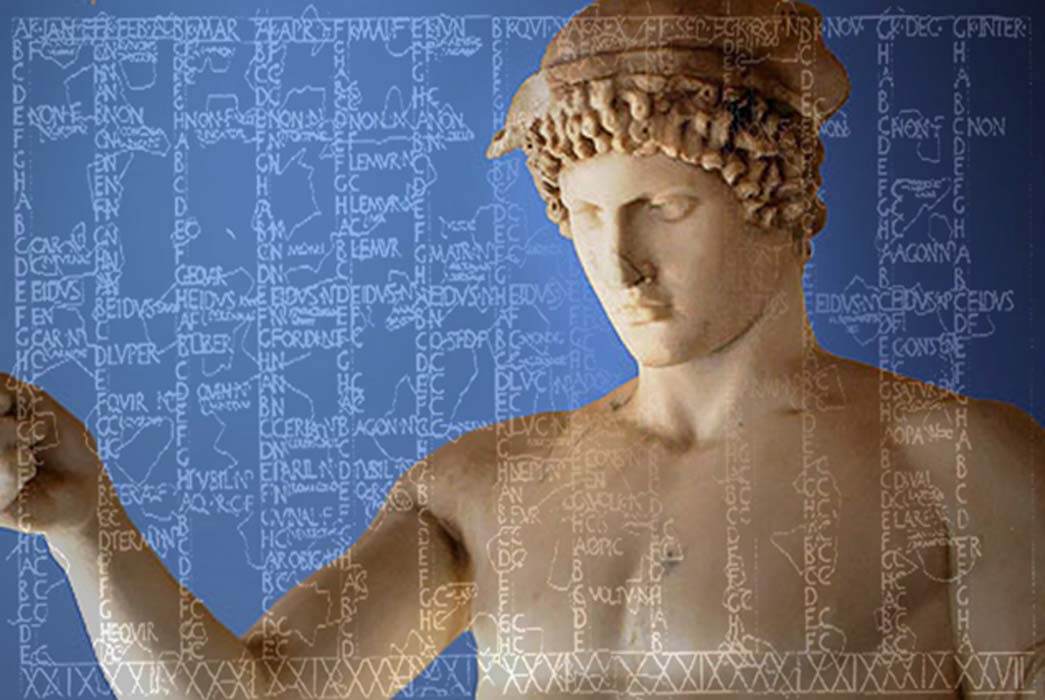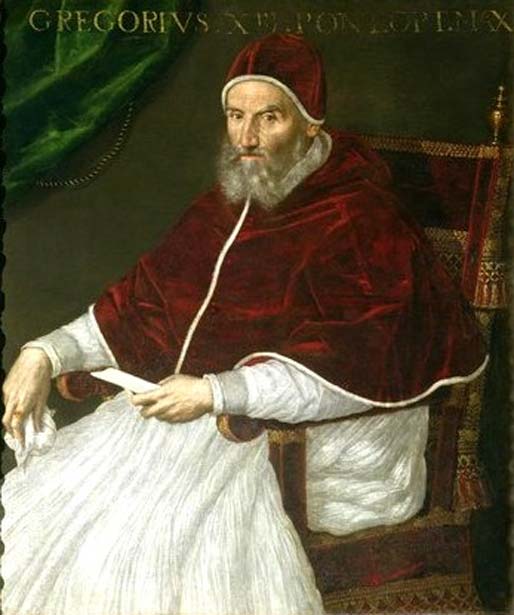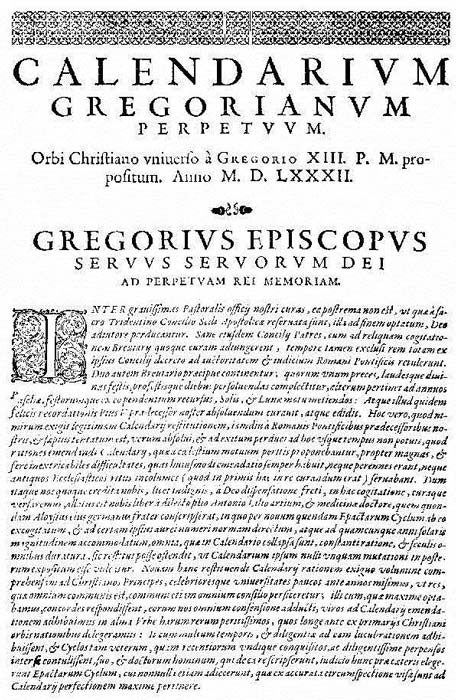
The Roman Origins of Our Modern Calendar - Influenced by Popes, Generals, Emperors and Gods
The most widely used calendar around the world today is called the Gregorian calendar. It was introduced by Pope Gregory XIII in the 16th century CE and was a modification of an ancient Roman calendar called the Julian calendar. Even though it is named after a Pope, the Gregorian calendar is very Roman: many of the names of days and months are in honor of Roman, not Christian, deities, and it is the Romans who mostly developed and perfected the calendar that we all use today.

Pope Gregory XIII, portrait by Lavinia Fontana (Public Domain)
The word calendar comes from the Latin word kalendae meaning the first day of the month. The word kalendae is related to the verb kalare which means to call out, referring to the calling of the new moon each month by the priests of the Capitoline Hill. The first day of the month was also the day debtors had to pay off their debts. These debts were inscribed in an accounting book called the kalendarium. The Latin word was by the 13th century adopted in Middle English as calender, while the spelling calendar (Early Modern English) appeared only centuries later.

The first page of the papal bull "Inter Gravissimas" by which Pope Gregory XIII introduced his calendar. (Public Domain)
One of the main differences between the Gregorian and the Julian calendar is the fact that the Gregorian calendar counts years from the year of the birth of Christ using the term Anno Domini (A.D. or "in the year of the Lord" in Medieval Latin). It was actually not Pope Gregory XIII who initiated this way of counting years but Dionysius Exiguus (“Dionysius the Humble” in Latin) of Scythia Minor, a sixth-century monk born in what is today known as Dobruja, a region shared by both Bulgaria and Romania. Dionysius Exiguus Christianized the Julian calendar which previously identified years by the name of the two consults holding office in a specific year.

A monk, attributed as Dionysius Exiguus, who invented Anno Domini years while calculating the date of Easter. (Public Domain)
Another way the Romans had of identifying years was the Ab urbe condita system (AUC or “from the founding of the City" in Latin). It was introduced by Marcus Terentius Varro in the first century BCE. The AUC system assumed a foundation of Rome (“the City”) in 753 BCE and it was common during the Empire to have the AUC year alongside the consular year.




